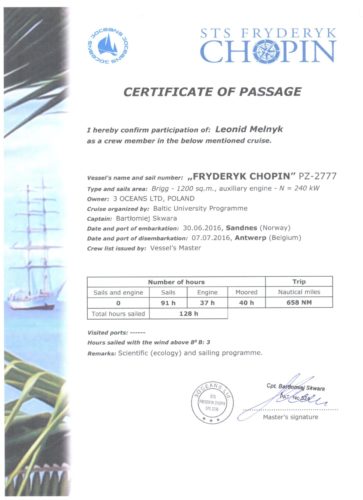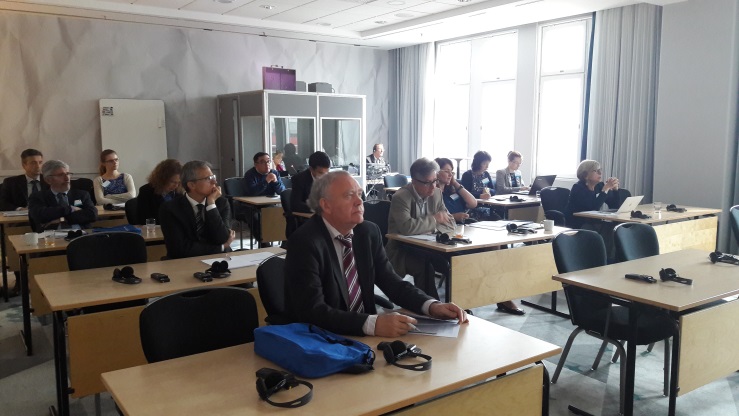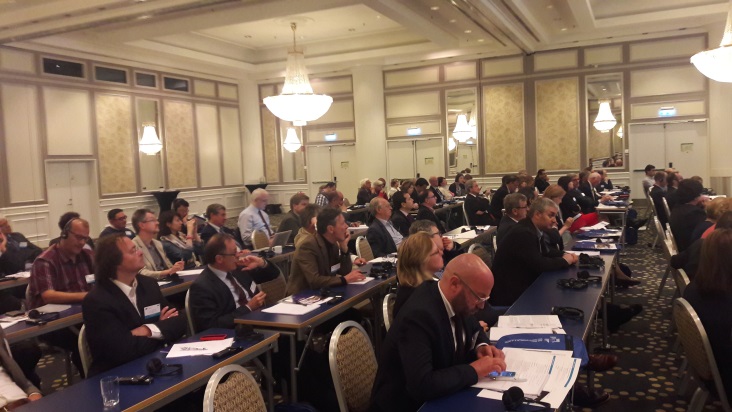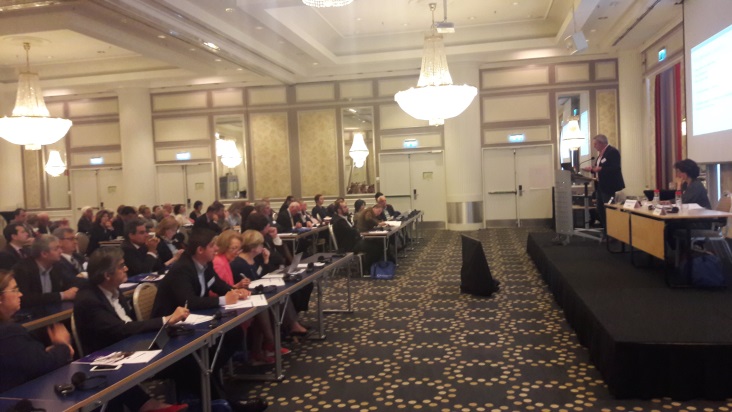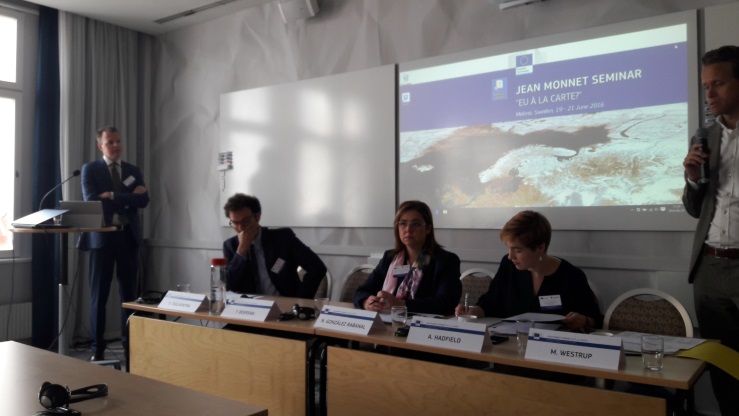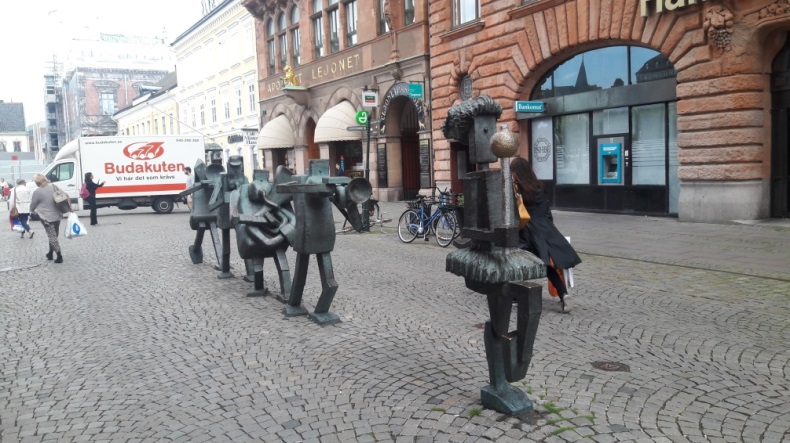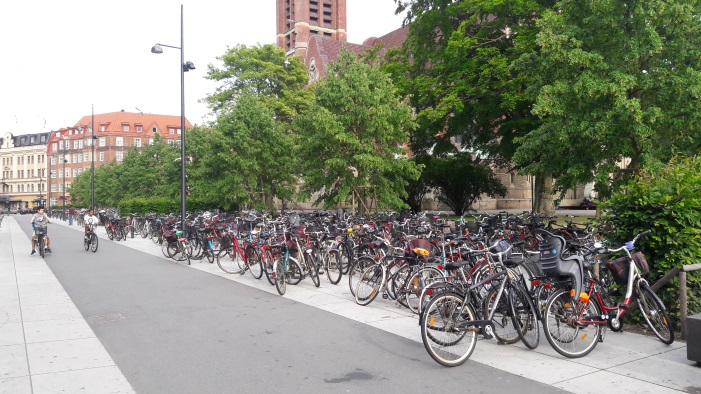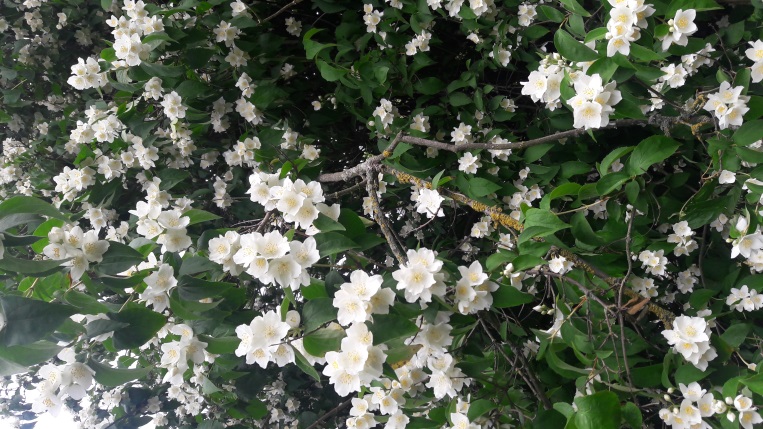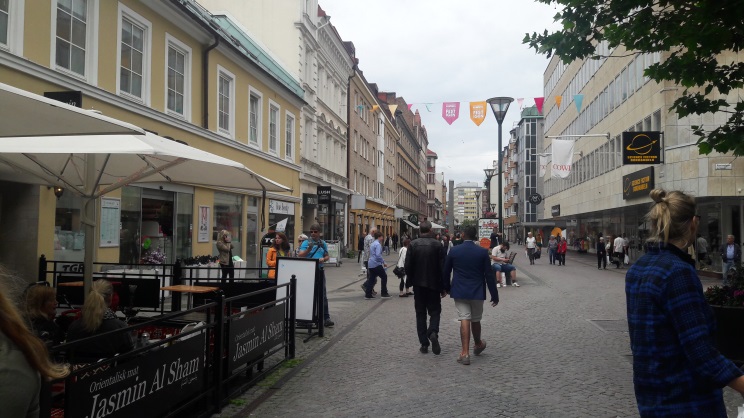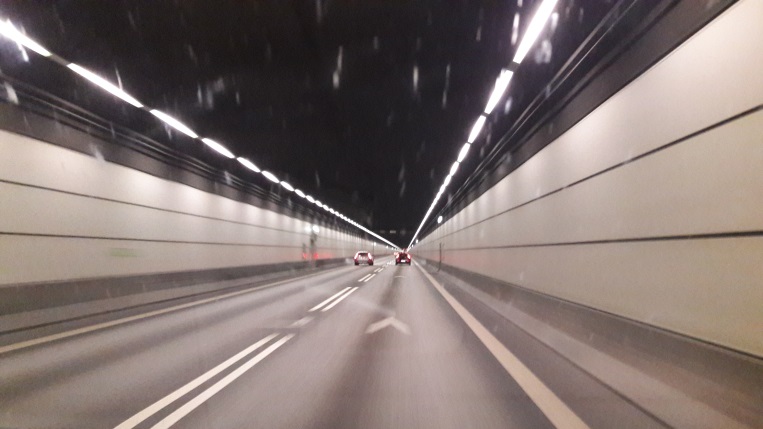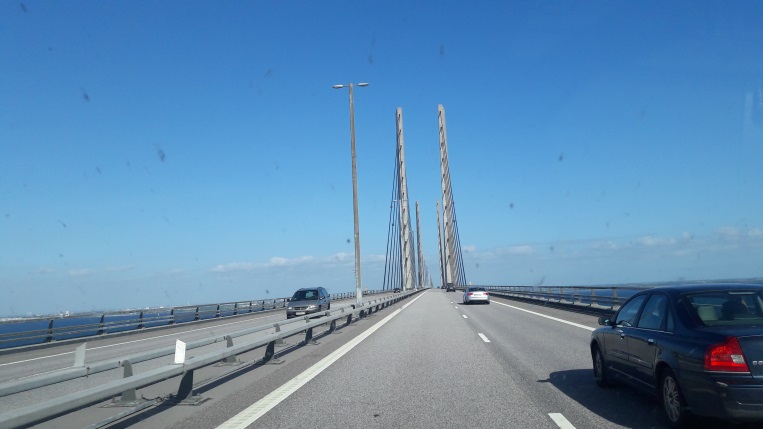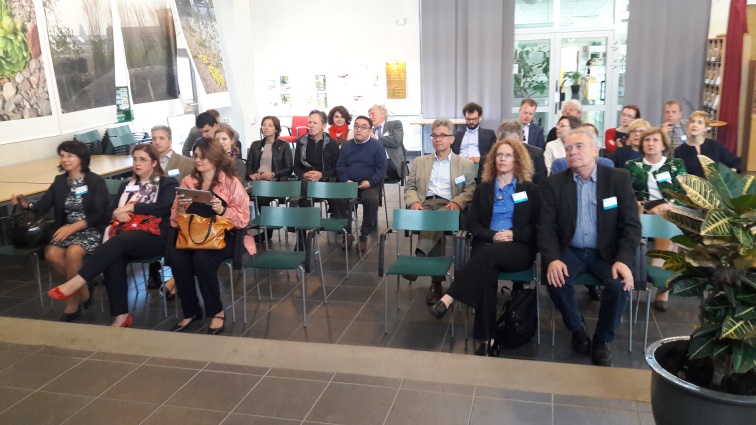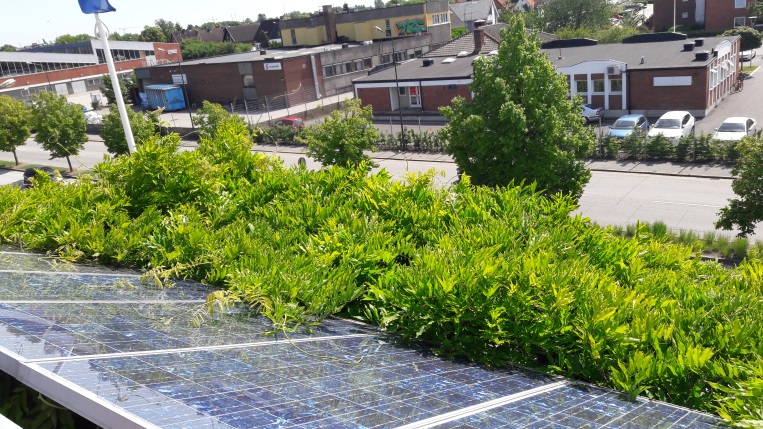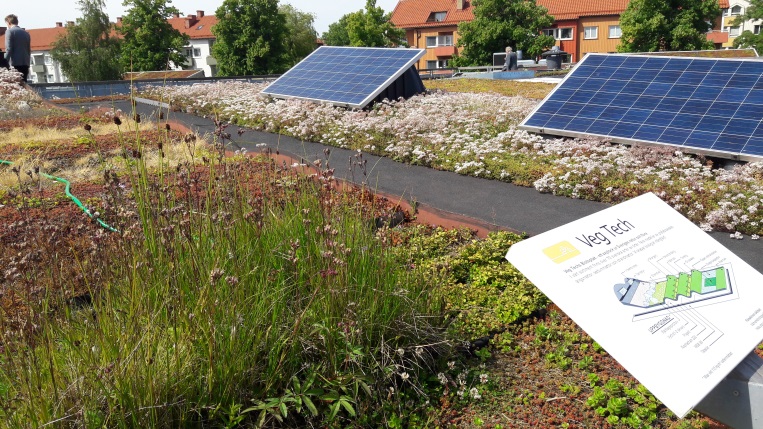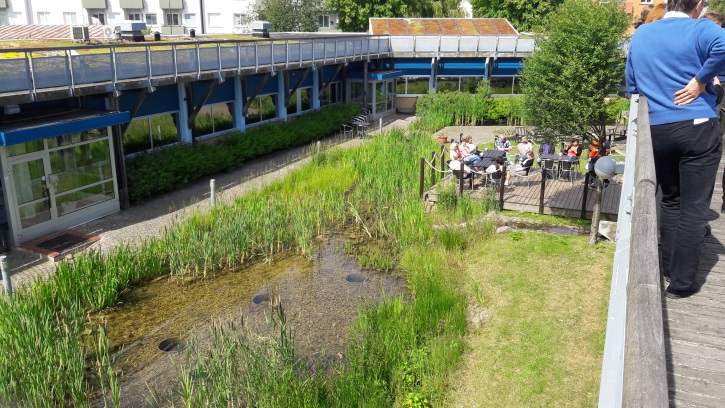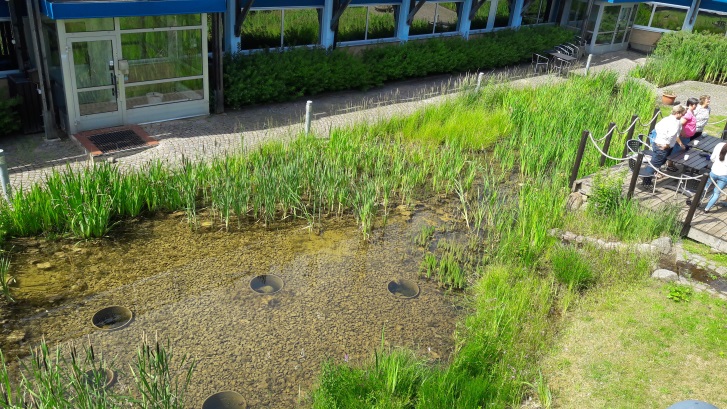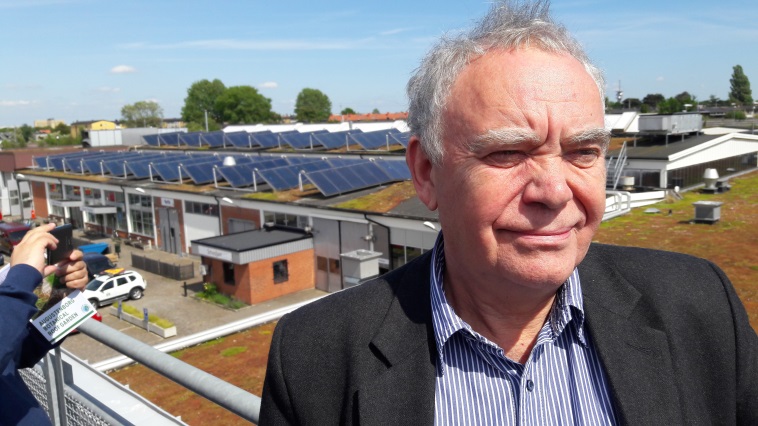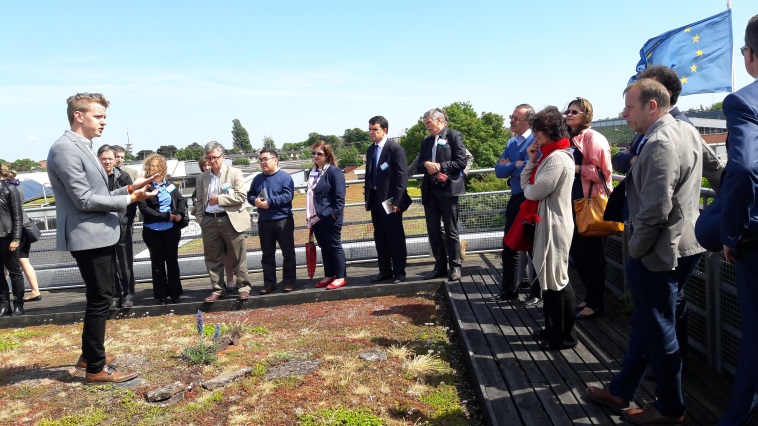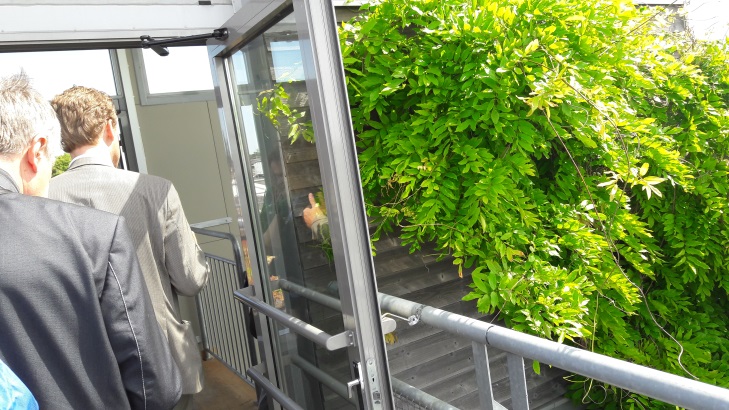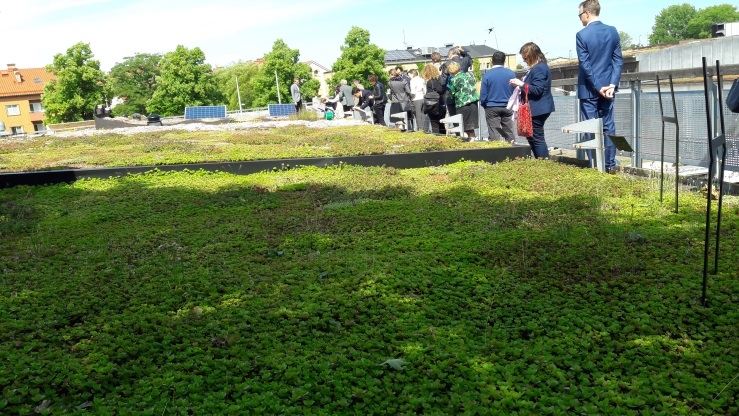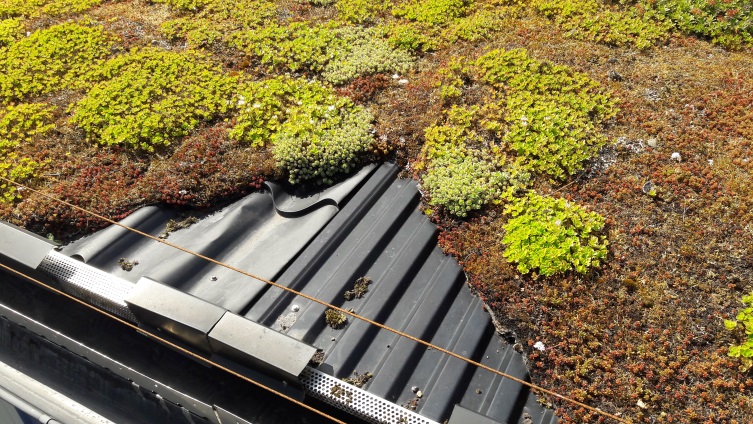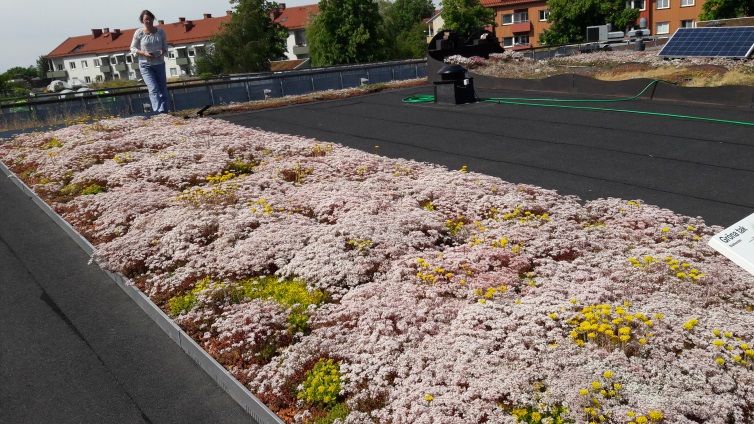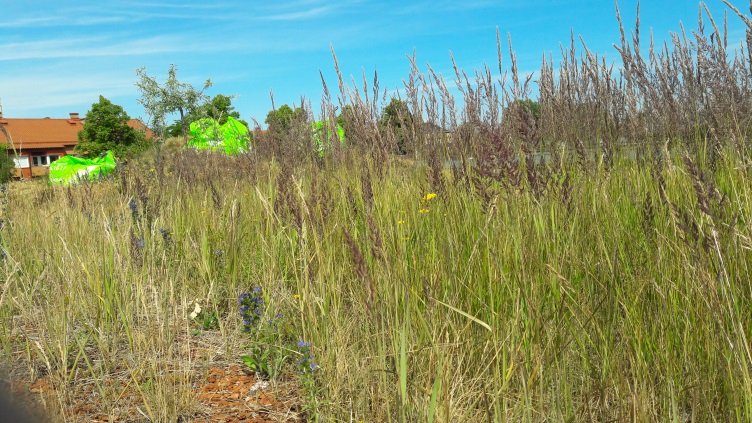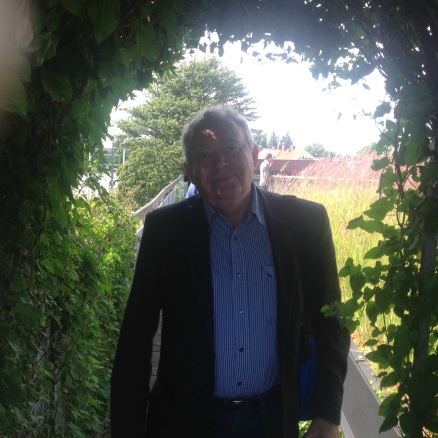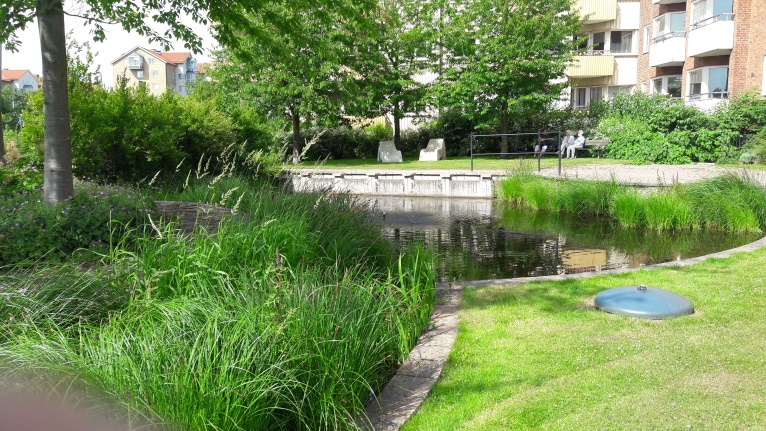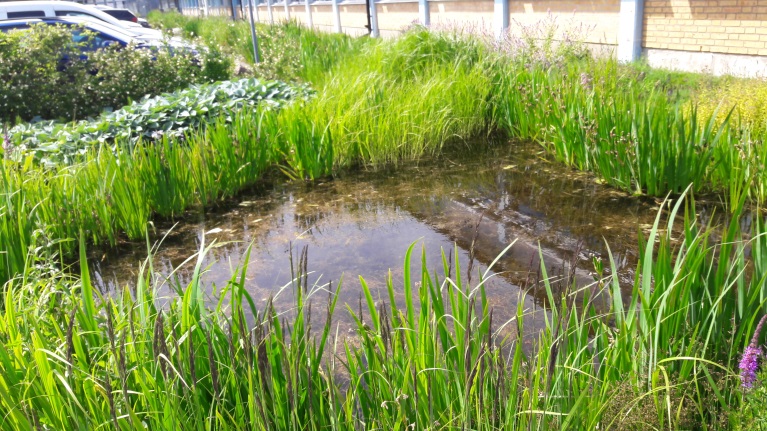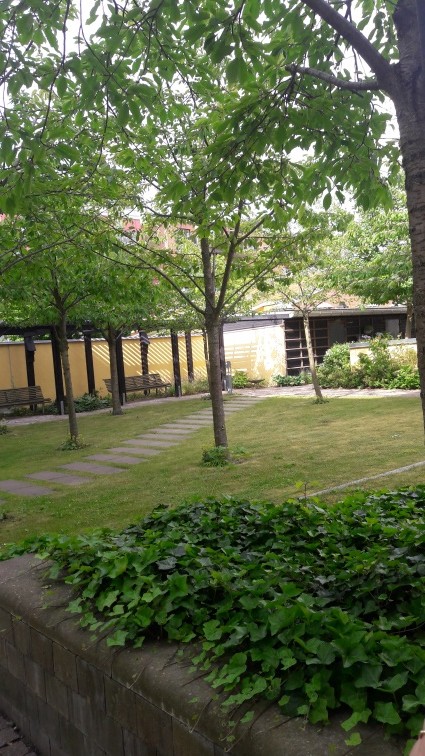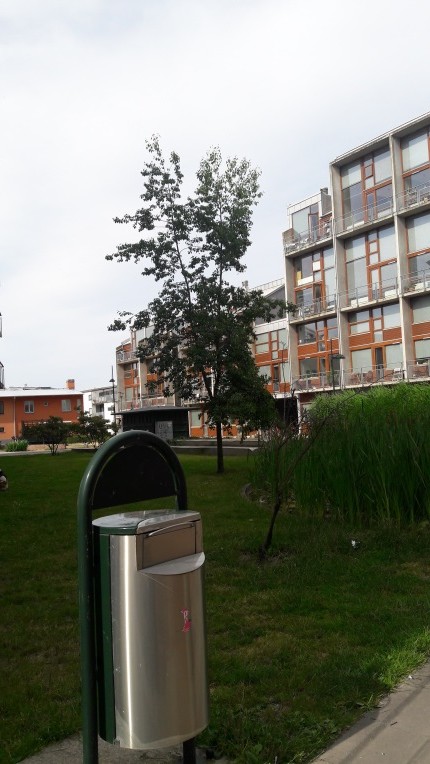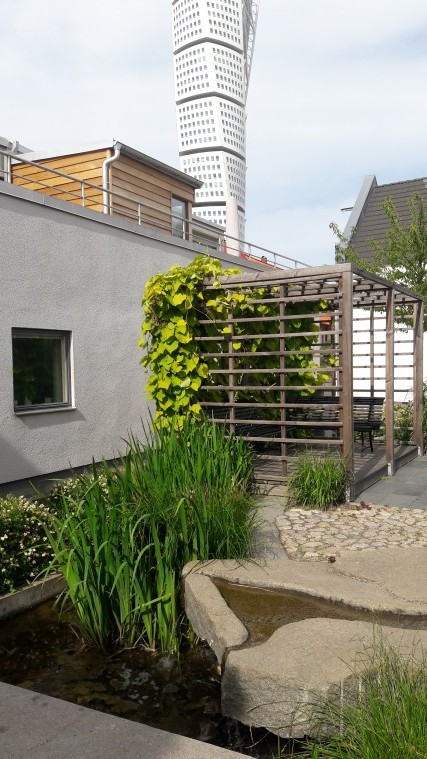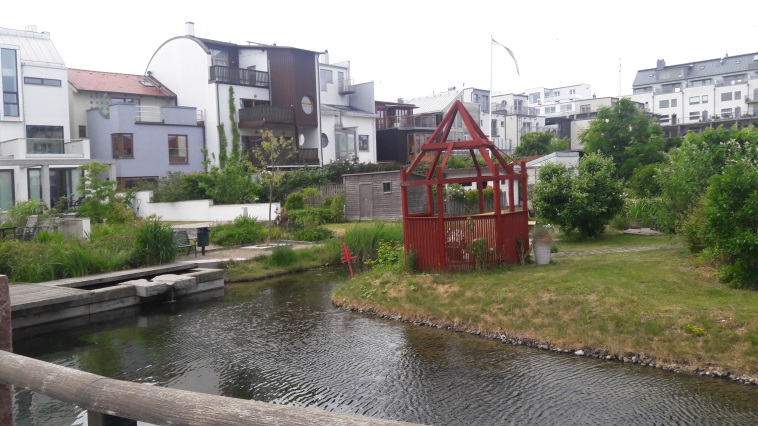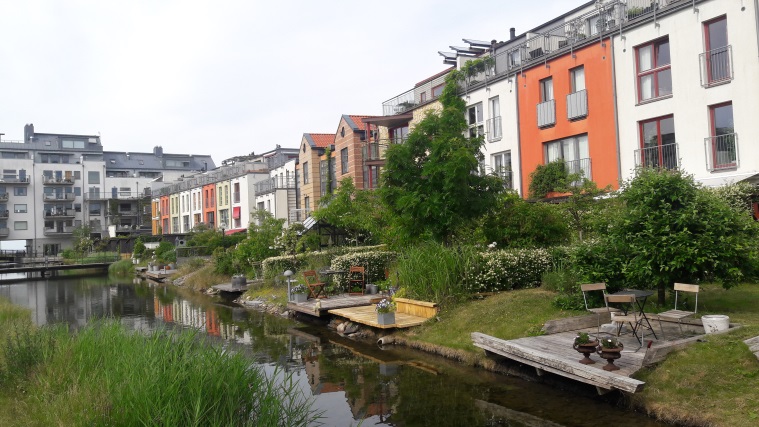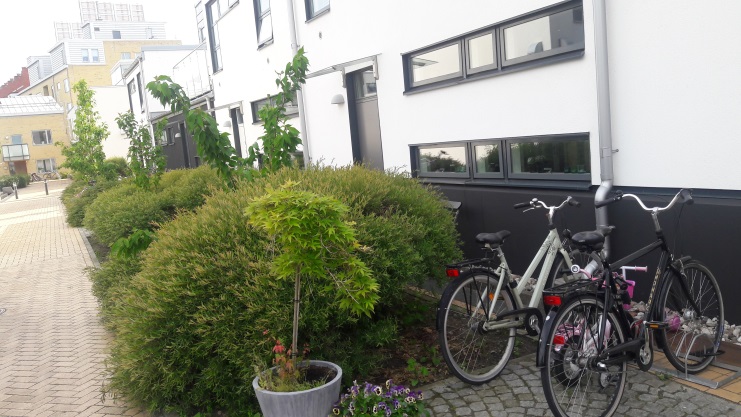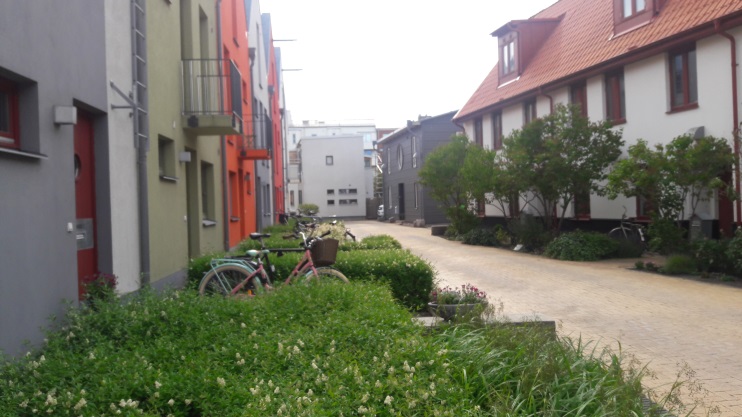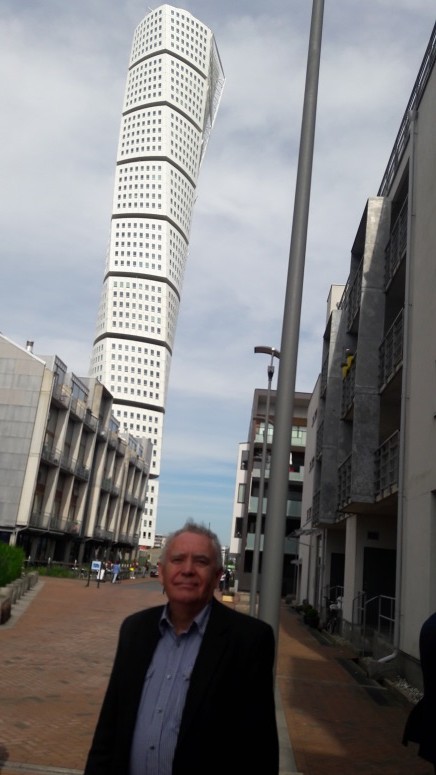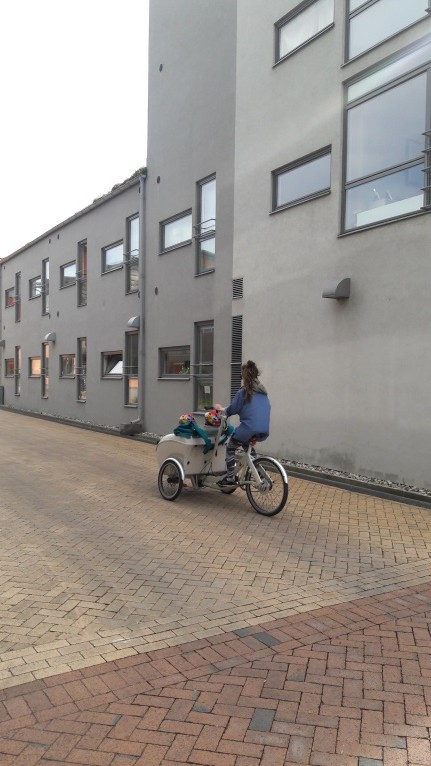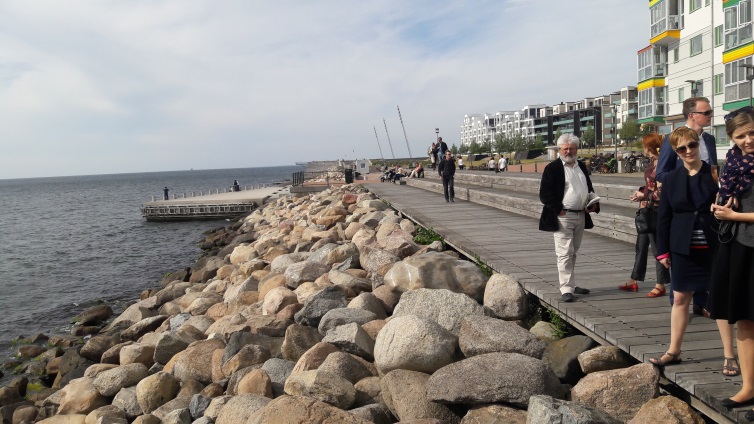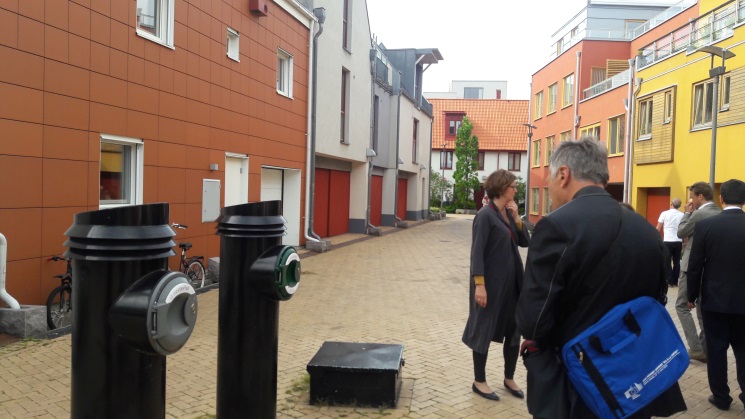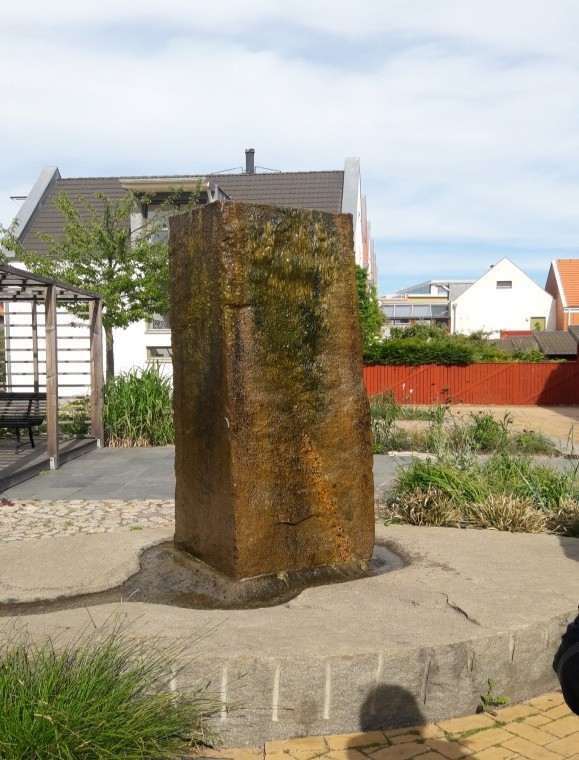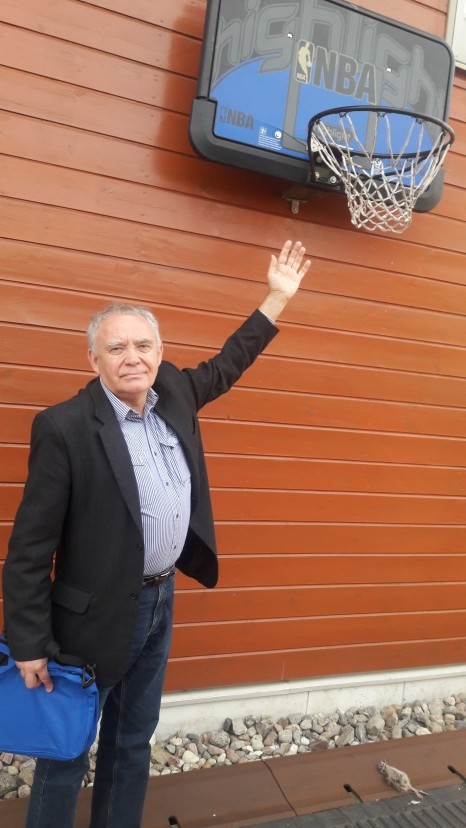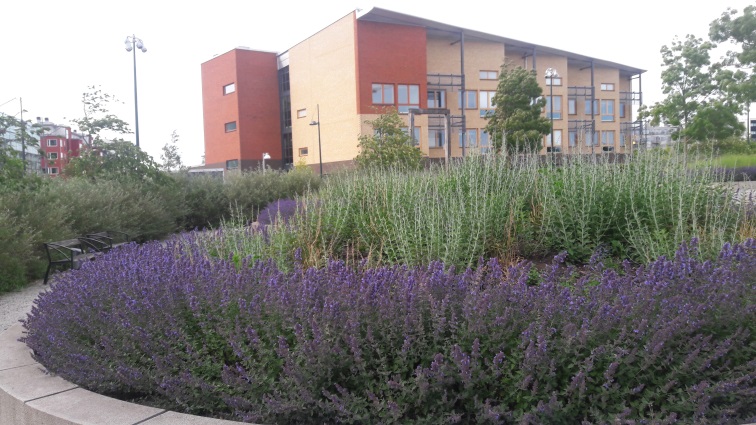
June 19-21, 2016 in Malmö (Sweden) a scientific seminar of the Jean Monnet projects was held. The seminar was attended by Leonid Melnyk, Dr., Professor, Head of the Department of Economics and Business Administration of Sumy State University, Director of the Institute for Development Economics of Ministry of Education & Science and National Academy of Science of Ukraine.
In the workshop 90 scientists from 38 countries were presented. The participants, depending on the profile of their project works, participated in three sections devoted to: 1) the financial problems of the European Union; 2) border security; 3) energy issues. Prof. Leonid Melnyk took an active part in the third section.
One of the key themes of the seminar was the diversification of the EU integration, which was devoted to the report of the keynote speaker Franco Shimmelfennigayu. It is not by accident that a French slogan: «EU a la carte?» was the official name of the seminar. In the literal translation – “Is the EU at a stake?” And it means “Is the EU diversified?” In fact, it involves finding common ground while preserving diversity (economic, administrative and social).
In the energy section, where they worked, three Ukrainian representatives of the four participating in the seminar, the key issue that was addressed in the speeches of official speakers was the diversification of gas transfer channels to Europe to mitigate the problems associated with the monopoly of Russian supplies. One way of solving the problem, as Simone Tagliapietra said, is the creation of a new redistribution of the gas infrastructure in Europe.
The participants of the seminar


Work of energy section. Key speakers
At the round table the representatives of Ukraine (Prof. Melnyk L.G. and Prof. Shatoha V. I.) expressed the view that the formation of this infrastructure should be combined in time with European countries transition to alternative energy sources. By the way, one of the areas that has been living in a “carbon-neutral energy” (i.e., without using fossil fuel carbon), the participants were able to meet directly in Malmö, visiting one of the city’s districts. Malmö is considered to be the “green” capital of Sweden, following sustainable (including environmentally friendly) way of life.
|

“Strolling musicians” on the streets of Malmö
|

The main form of Swedish transport
|
|

Jasmine is in full blossom
|

Pedestrian street in Malmö
|
In Malmö conference participants could get acquainted with two “miracles”: the ability to cross the Baltic Sea by land transport (including 5.5 km through a tunnel under the sea and 10 km across the bridge over the sea).


The tunnel under the Baltic Sea. The bridge over the Baltic Sea
The second miracle is an acquaintance with gardens on the roofs. The representatives of the local research institute (Augustenborg botanical roof garden) introduced this technology, as well as the gardens.

In the Institute of roof gardens


On the roof gardens coexist with solar panels

Cascade of fountains is also on the roof


Artificial swamp in the yard where water collected from the roofs is accumulated
|

Solar panels on the roof green (in the background)
|

Explanation of the technology of roof garden
|
|

Shrubs on the roof
|

Green lawn on the roof
|
|

This is the way for creation of the layer of moss on the roof
|

And this is a blooming “mat” with the bees
|
|

This meadow is also on the roof
|

If desired, the arch can built on the roof
|
|

Water collected from the roofs creates a pleasantly cool climate in the yards
|

An artificial lake in the yard
|
In Malmö one of the areas of the city stands out for its environmental friendliness. Here live more than 10 thousand people. This area can rightfully be called the district of sustainable development. The streets are exclusively pedestrian, although personal vehicles may carefully go into the garage and back. All the energy that is consumed in the town is also produced here (biogas, wind, sun).
|

“Green” district is really green
|

Green of “green” district
|

Small lake in the district
|


“Green” (sustainable) district in Western Gurber
|

All streets are pedestrian; vehicles (on electricity or biogas) are only allowed to gently get out of the garage or to go back
|

The streets of the district
|
|

A tower house in district of Western Gurber (54 floors and 147 apartments and many offices)
|

Bicycle is the main form of transport in the district
|
|

Even the stones on the embankment are carefully chosen
|

The containers for collection of biomass for biogas plants
|
|

The fountain in green district
|

The basketball backboard in the street
|

Lavender ring in the district
